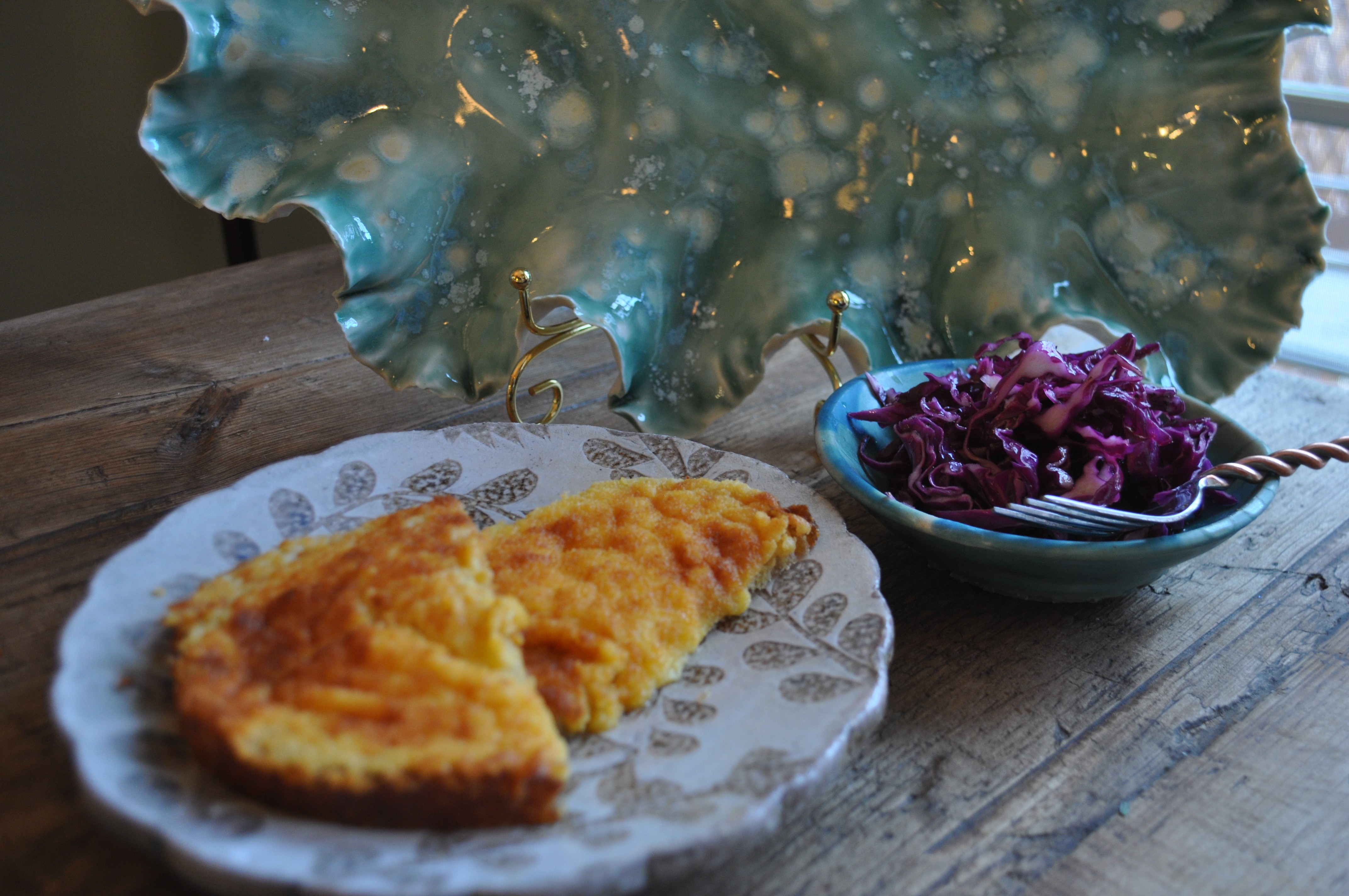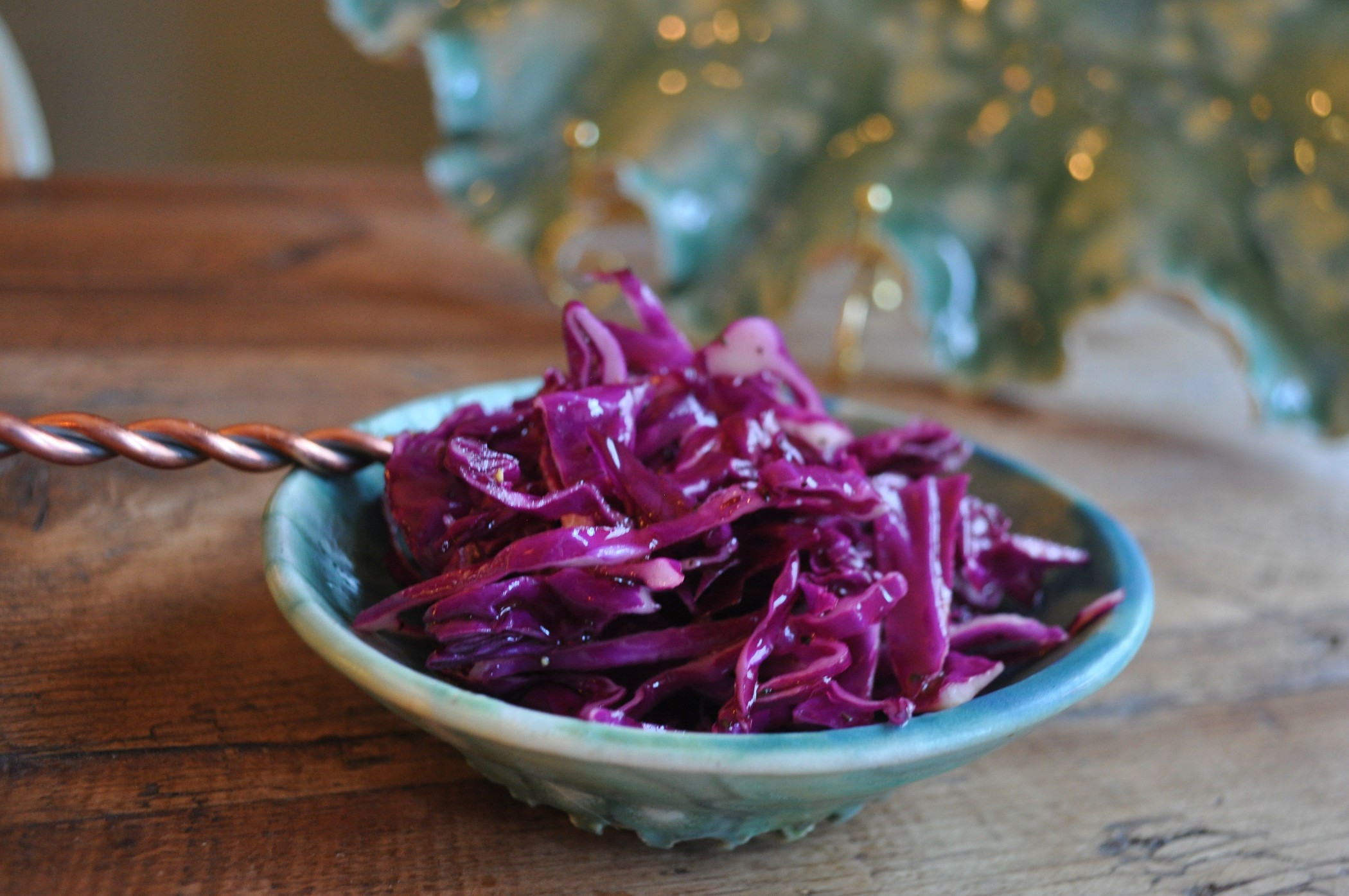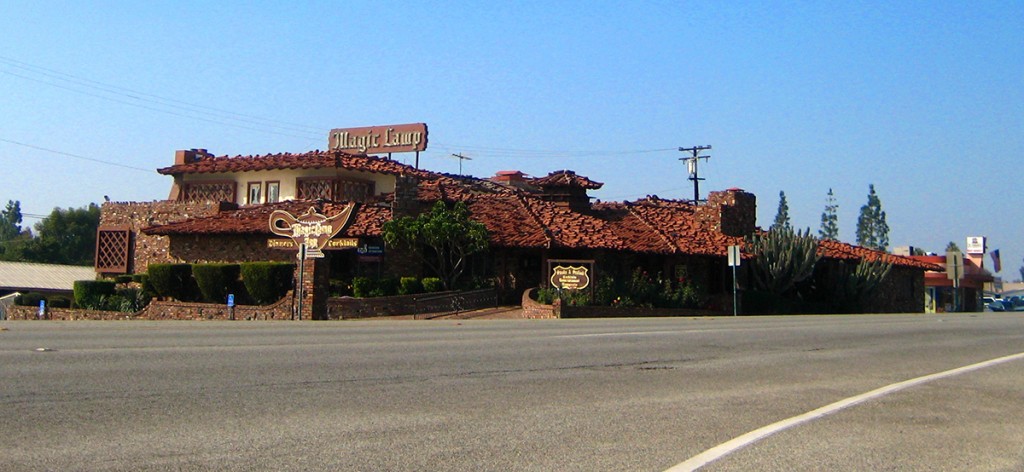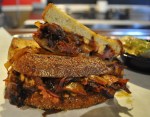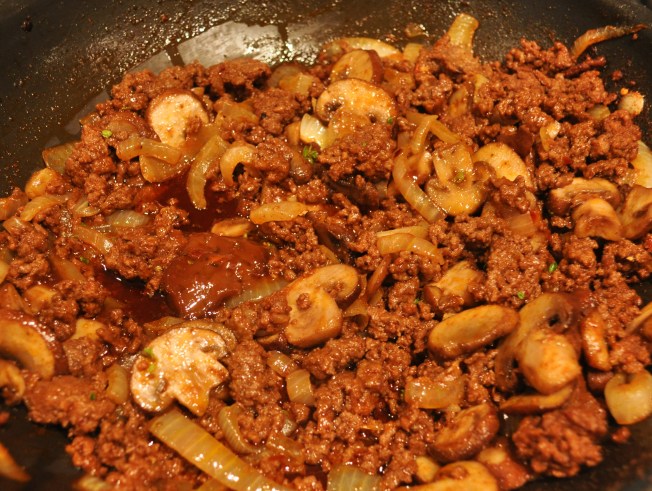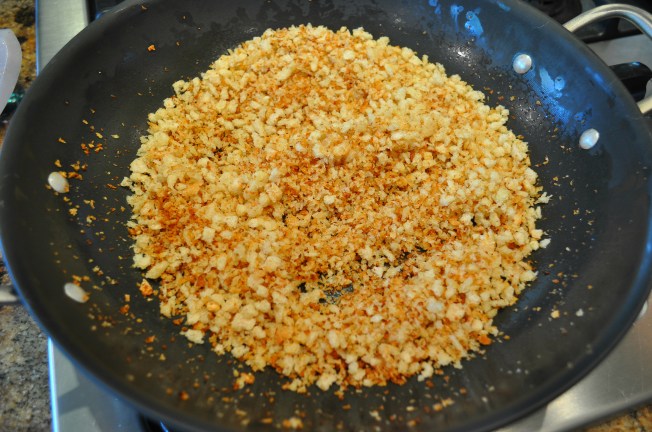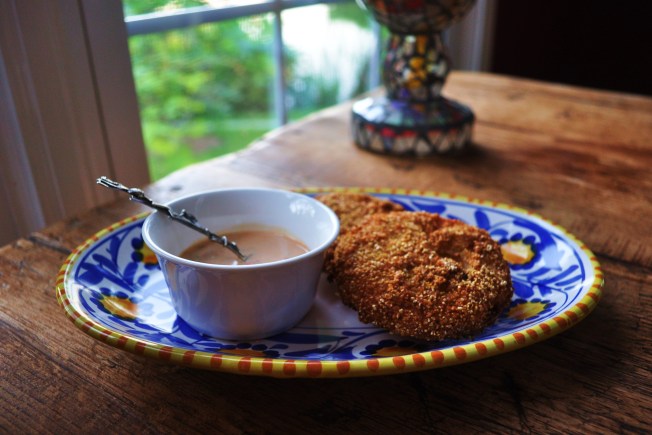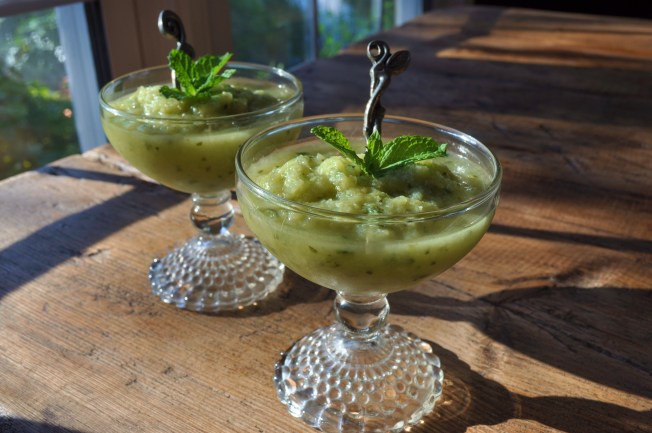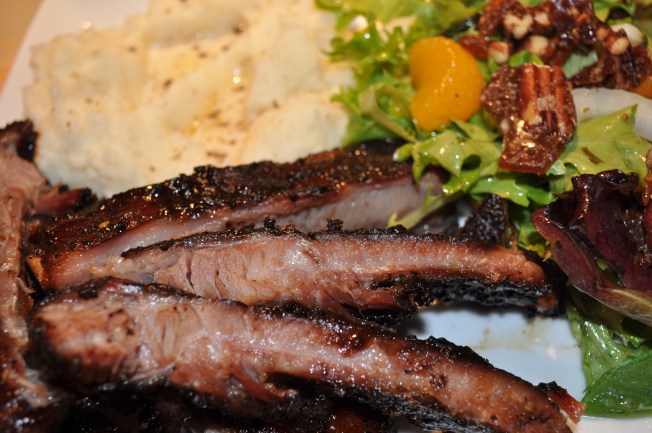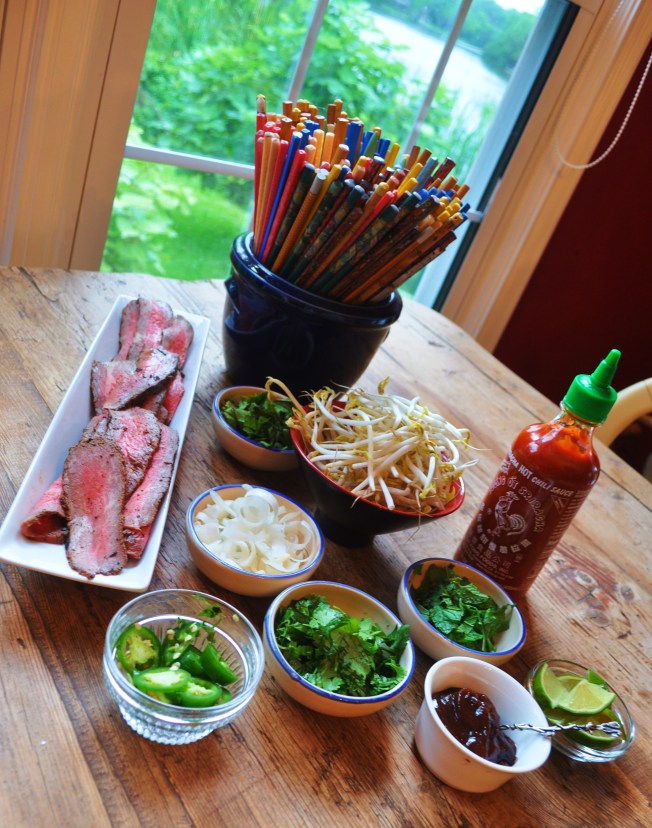 Last week I had the pleasure of spending a few hours with a remarkable man, Chef Anthony DiBernardo of the relatively new smoked meat (A.K.A. BBQ) restaurant … Swig and Swine. His restaurant is new to the Low Country, but he is not. He has been cooking all over the Charleston area for many years. I was so impressed when I heard his story that I just had to meet him and do a profile to share it with y’all. If you are a frequent follower of this blog, you know I do not do restaurant reviews any more, that was relegated to my Chicago days. But I have been writing about food, where it comes from and who is cooking it for the last 14 years, sometimes in publications, sometimes on my blogs and Facebook. Here is the story of a Chef who has the heart of a servant.
Last week I had the pleasure of spending a few hours with a remarkable man, Chef Anthony DiBernardo of the relatively new smoked meat (A.K.A. BBQ) restaurant … Swig and Swine. His restaurant is new to the Low Country, but he is not. He has been cooking all over the Charleston area for many years. I was so impressed when I heard his story that I just had to meet him and do a profile to share it with y’all. If you are a frequent follower of this blog, you know I do not do restaurant reviews any more, that was relegated to my Chicago days. But I have been writing about food, where it comes from and who is cooking it for the last 14 years, sometimes in publications, sometimes on my blogs and Facebook. Here is the story of a Chef who has the heart of a servant.
Click on any of these pics for a close up…
In the Beginning:
Anthony comes from rural southern New Jersey, technically in the suburbs of Philadelphia. Born to a Scotch Irish mother and Italian father he was the youngest of four children, the other three sisters, who were 16, 14 and 7 when he came into this world. His maternal grandmother died when she was young, so Anthony’s Italian grandmother taught his mother to cook. All she knew was Italian food. There were many big family gatherings full of wonderful food.
At the age of 14, Tony started a dish washing job at a local country club owned by Ron Jaworski. He took to the back of the house like a fish to water, quickly climbing to the hot line. By the time he was a Junior in high school he was working on the line at the Tellford Inn. That is the time he decided to enter the US Navy because his parents were about to retire and he did not want them to have to put him through college. He signed on with a delayed enlistment the summer of his Junior year. As soon as he graduated from High School in 1990 he was off to San Diego for 60 days of cooking school. He went to Submarine School in Connecticut and his first deployment was to Charleston where he stood stunned to find he was to submarine Batfish “687,” the same number as his parents’ address and his grandfather’s winning lottery number. It was no accident. He teared up telling me the story.
Cooking Underwater:
Imagine being one of three chefs cooking day in and out for 130 people on a nuclear submarine, never knowing exactly where you will be going or how long you will be there. They would put fresh provisions inside the torpedo tubes and switch the refrigerators to freezers for long hauls. They did all baking in the galley because that much bread would take up valuable storage space. He kept busy taking video courses, including one on Poetry by Maya Angelou.
A Charleston Chef is Born:
In May of 1994, Anthony climbed out of the submarine and started cooking all over Charleston. Starting at Blossom, then venturing on to the old resort at Kiawah where he was executive chef for four years. He assisted in opening the new hotel and all of their kitchens. It was a tough time, working long hotel hours, weekends, holidays and special events. In 2001, his son was born and he knew that he had to make a lifestyle change. He took some time off and at a church retreat he met Sal Parco, the owner of the Dine with Sal Restaurant Group. Anthony took the helm of the culinary team and opened The Long Point Grill, Uno Mas and Mustard Seed. After seven years, he moved on to Kickn’ Chicken Restaurant Group’s Rita’s on Folly Island. It was sold to Hall’s Hospitality Group in July of 2013 and that is when Anthony started to think about what he was going to do.
Dreaming:
He took 30 days to develop a game plan and drove around West Ashley scoping out locations. He fell in love with the old OK Tire Store and its retro look. It was next door to The Glass Onion, a popular spot for dining. He got the keys and walked the old store using graph paper to design his kitchen, dining room, smoker areas and bar. Suddenly there was a call from Steve Kish, chef and co-owner of 82 Queen, along with Johnathan and Patrick Kish, they wanted to talk to Anthony about opening a restaurant on the peninsula. He sold them another idea. A deal was struck and they became 50/50 partners in the new concept, Swig and Swine. It took every penny Anthony had and some of his family members’ funds to come up with his half of the opening investment.

The Dream Comes to Life:
Permits were applied for in October 2013. The process was a long one and they did not all come through until March 2014. So what does a hard working chef do for five months while waiting for those permits? He builds the tables, the bars, the benches and the work spaces of the restaurant. He designed the smokers with the guys at Gorilla Fabrication. After the fancier one in front of the store, they tweaked the second one, adding more insulation to the smoke box. Each one is running several nights a week, fired by oak and hickory and finished off with pecan. At midnight at least three nights a week, Anthony starts the fires in both smokers. He has an assistant tending the smokers when he is not there. He spends all night minding the smokers, adjusting the flues and taking short cat naps on the wooden benches in the dining room. He works around the restaurant and leaves about 4 pm when he can spend some time with his wife, 12 year old son and 8 year old daughter, sometimes returning back to the smokers again at midnight.

The Food:
DiBernadino emphasizes that his place is a smoked meat restaurant, not just another BBQ joint. He broke from tradition by approaching the restaurant from a Chef’s perspective. Nothing is pre-processed. Everything depends on the food in those smokers every night. One bad move and they lose business for an entire day. 40 pound batches of meat are smoked and cooked 3 to 4 times in a 24 hour shift. When he is not spending the night next to the wood boxes, he keeps an eye on the smokers using remote cameras.
Brisket, chicken, turkey, pork belly, wings, ribs, house-made sausage and pork butt all have their place on the smokers. Freshly prepared smoked meats are placed in the case in the dining room just before lunch service and more continue smoking through the day so that the dinner service has fresh smoked meat. The wings and ribs have a dry rub with spices, everything else just gets old fashioned salt and pepper. Leftovers are usually made into a special sandwich. I had one with leftover ribs from the day before… incredible. It was on jalapeno corn bread loaf with BBQ onions and house made pimento cheese.
The sauces are all made in house, as are the sides which vary from day to day. The day I was there there was a fantastic dish with brussels sprouts, smoked mushrooms and béchamel sauce. The usual suspects are mac & cheese, collard greens (very well done), hash and rice, beans with brisket, baked potato salad, coleslaw, Brunswick stew and pickled vegetables. There are also house-made cucumber pickles on every plate with a slice of white bread and slices of onion.

Drink Up! The bar :
There are 52 Bourbons including 2 bottles of Pappy Van Winkle that reside under lock and key at night. He has recently started smoking bourbon, to make some of the best Manhattans on the planet. A terrific list of craft beers on tap and plenty more in bottles. Wines are also available. And of course there is plenty of sweet tea.

A Servant’s Heart:
Anthony confessed to me that it is all about giving his heart, talent and compassion to those who sit at his tables. He would not have it any other way. He also gives back to the community in a multitude of ways. He cooks and donates food to a variety of causes, and at this moment is collecting money to support the Ronald McDonald House’s Red Shoes Campaign. Thanksgiving he is not taking the day off. He is generously serving up a huge Thanksgiving dinner for those who do not have family here in Charleston. We are two of the lucky people that will be a part of that dinner. I will report on that soon.

